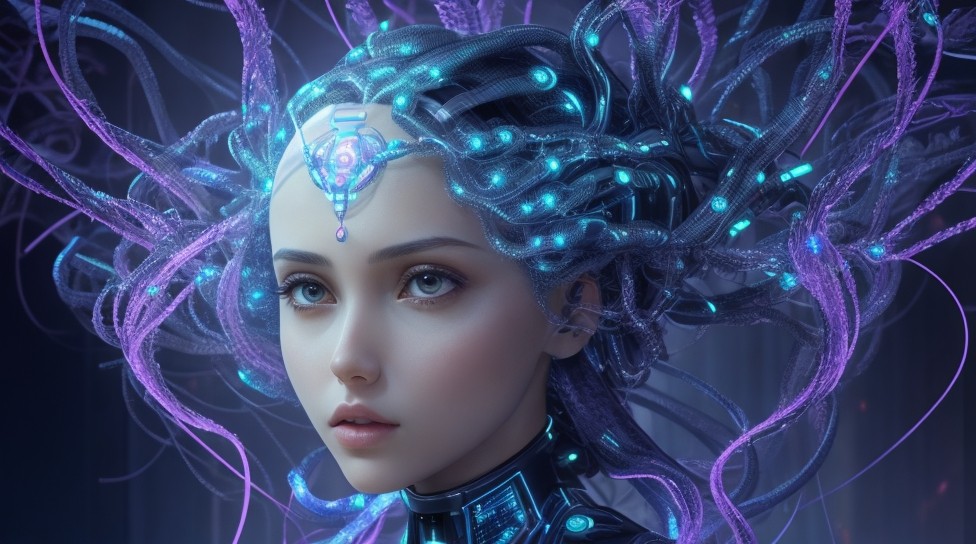
Artificial Intelligence (AI) and Machine Learning (ML) have emerged as technological powerhouses, reshaping industries, economies, and our daily lives. Their transformative impact is nothing short of revolutionary, and nowhere is this more evident than in the realms of web development and extended reality (XR) applications. In this article, we will explore the profound influence of AI and ML on these domains and examine the jobs that are likely to remain shielded from rapid automation.
The Ubiquity of AI and ML
AI and ML have permeated nearly every facet of modern life, from voice-activated assistants like Siri and Alexa to recommendation algorithms on streaming platforms like Netflix. Their ability to analyze vast datasets, make predictions, and adapt to evolving circumstances has sparked innovation across diverse industries.
1. Web Development:
a. Enhanced User Experience: AI-driven chatbots, personalization engines, and recommendation systems are revolutionizing user experiences on websites. By analyzing user behavior, these systems can offer tailored content, answer inquiries, and resolve issues in real-time.
b. Streamlined Content Creation: AI-powered content generators assist web developers by automating routine content creation tasks. They can generate blog posts, product descriptions, and even news articles with minimal human input.
c. Automated Testing and Debugging: ML algorithms can identify and rectify coding errors, enhancing the quality and reliability of web applications while reducing development time.
d. Improved Security: AI-driven cybersecurity solutions can detect and respond to threats in real-time, safeguarding websites and user data.
2. Extended Reality (XR) Applications:
a. Immersive Experiences: AI and ML enhance the realism of virtual and augmented reality applications by adapting environments in real-time based on user interactions and surroundings.
b. Object Recognition: ML models can identify and track physical objects in the real world, enabling more interactive and engaging XR experiences.
c. Predictive Analytics: AI algorithms can anticipate user actions within XR environments, making it possible to create dynamic and responsive virtual worlds.
d. Accessibility: AI-powered XR solutions can assist users with disabilities by providing real-time translations, object identification, and navigation guidance.
Jobs Shielded from Automation:
While AI and ML are transformative, certain jobs within web development and XR applications are likely to remain resistant to automation in the near future:
1. Creativity-Centric Roles: Professions that demand a high degree of creativity and emotional intelligence, such as graphic design, content creation, and UX/UI design, require human insight and empathy that AI lacks.
2. Ethical Oversight: Ensuring ethical considerations, responsible AI development, and adherence to regulations will necessitate human oversight and judgment.
3. Complex Problem Solving: Highly intricate problem-solving tasks, particularly in the debugging and optimization of web applications, will require human expertise to navigate unforeseen challenges.
4. User Experience Design: Crafting intuitive and meaningful user experiences involves a deep understanding of human behavior, emotions, and culture—an area where human designers excel.
5. Innovation and Strategy: AI and ML can support decision-making processes, but innovation, long-term strategy, and critical thinking remain in the hands of human professionals.
In conclusion, the impact of AI and ML on web development and extended reality applications cannot be overstated. These technologies are enhancing user experiences, automating repetitive tasks, and providing new possibilities for creativity. However, the human touch remains essential, especially in creative and complex problem-solving roles. As we continue to embrace AI and ML in these domains, the collaboration between human ingenuity and machine intelligence promises a future of unparalleled innovation and advancement.
- Metaverse Real Estate: The Future of Virtual Property.
- Optimizing Meshes for Games and Metaverses.
- Decentralized Identity: Empowering Users in the Metaverse.
- The impact of Artificial Intelligence on developers.
- Blockchain’s Impact on the Metaverse: Beyond NFTs.
- Eve Online: A Timeless Classic.
- DARPA Research: Time to Commercialization.
- The Need for Professional Website Designers & Developers.

